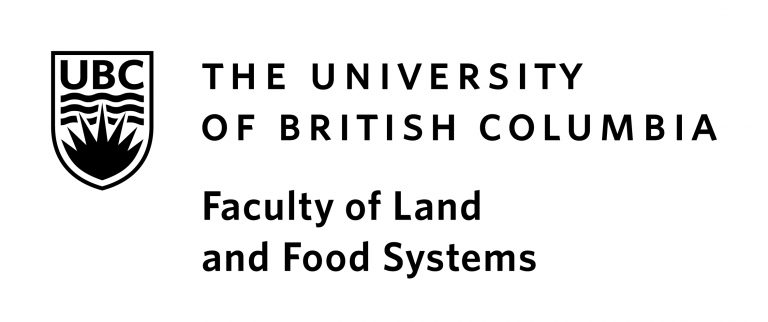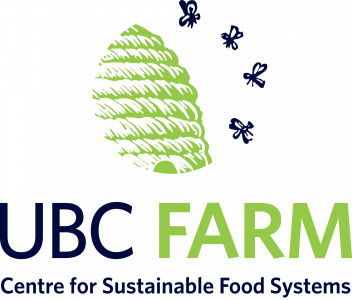Food at the Tipping Point: Ways Forward from a Food System in Crisis
Is the Future too Bright?
Meet Daphne and the “ALANizers” she designed
Learn about why research on ALAN is important
Is the Future too Bright?
Our night skies are becoming brighter and brighter with population growth and increased access to electricity. However, while lights extend our days and help us navigate at night, its impacts on our fellow living beings isn’t quite so positive.
Daphne Chevalier, a master’s student in the PIEE lab at UBC, is researching the effects of artificial light at night (known as ALAN) on insects and bats, using the UBC Farm as her study area. ALAN is a significant threat to insect populations as studies have suggested that it is a major driver of declines in several key insect species, for example, through increased predation by bats. These lights exert a powerful attractive force on some insects that can interfere with their navigation and behaviour; we have all had experience with moths being attracted to our porch lights!
As pollinators, pest-controllers and nutrient recyclers, insects are foundational to our food system, and understanding how we can adapt our nighttime activities to their behaviour will be critical to maintaining healthy insect populations.
Watch the short videos above to learn more about what motivated Daphne’s research and how she’s monitoring the effects of ALAN.
View all 10 events in the series here!
The Food at the Tipping Point: Ways Forward from a Food System in Crisis series is brought to you by the Centre for Sustainable Food Systems (CSFS), the BC Food Web, the Faculty of Land and Food Systems (LFS), and the Royal Bank of Canada. This 10-part speaker series addresses the urgent need for widespread, dramatic change and provides us inspiration and real solutions.



